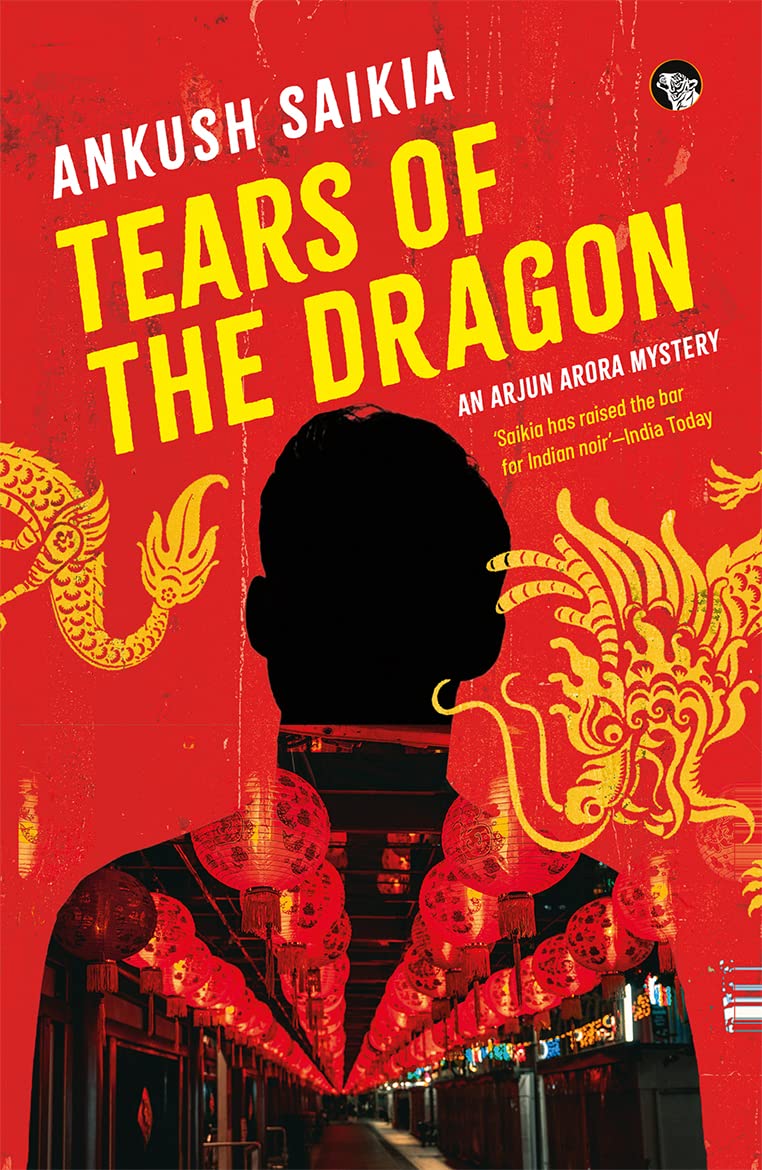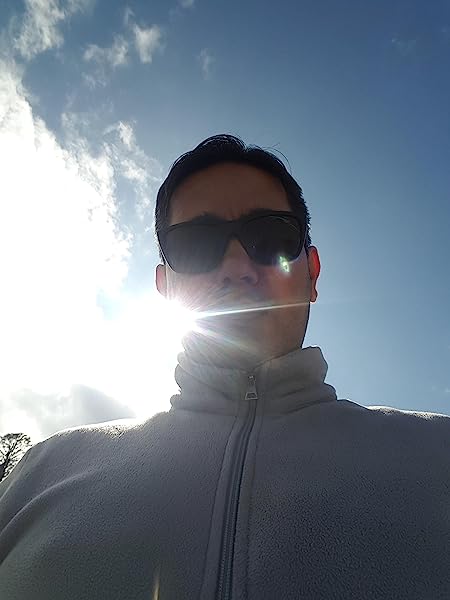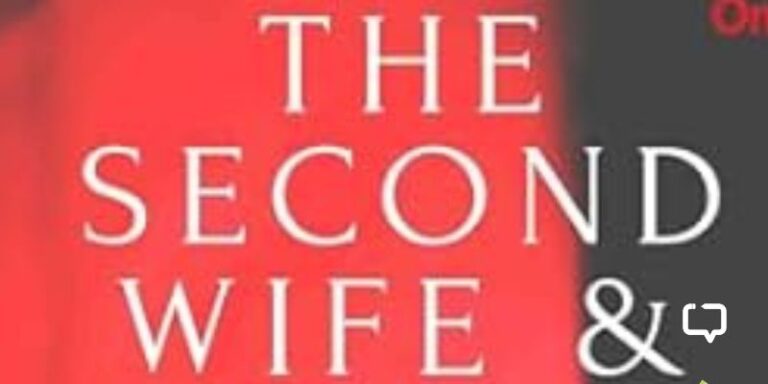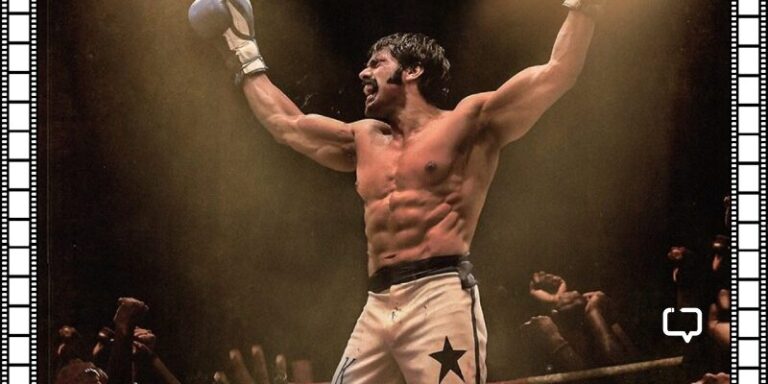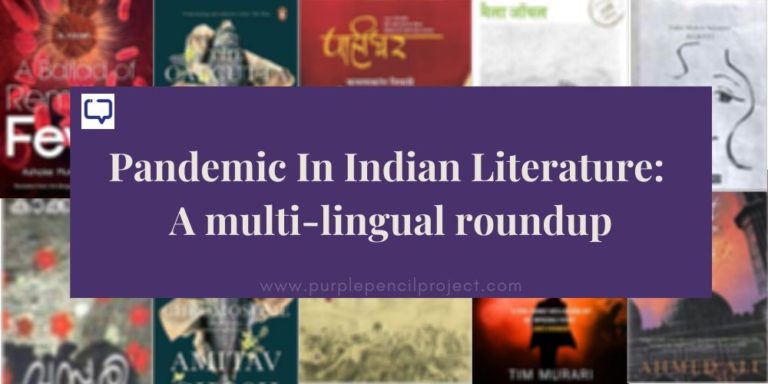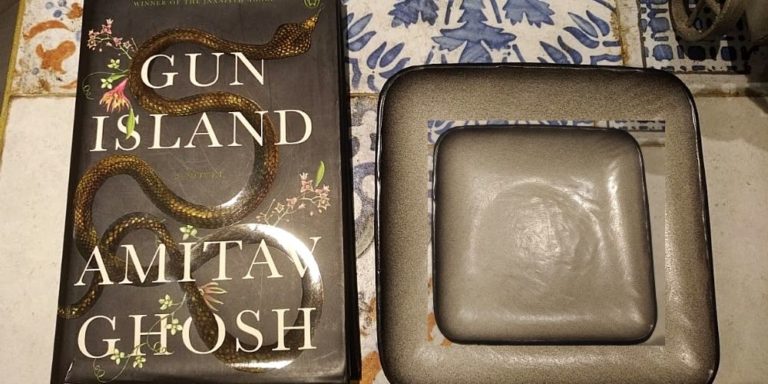Sneha Pathak reviews Tears of the Dragon by Ankush Saikia, a racy edge-of-the-seat thriller that leaves you asking for more.
First, there were the gentlemen detectives with their cigars and their grey cells. Then came the spies with gazettes in one arm and a dry martini in the other. And then were the PIs, hard-boiled and disenchanted with a messy personal life. The one thing common to all these fictional characters has been their extraordinary powers to see through what others aren’t able to, along with a strong personal code of justice and a dash of bravery.
Arjun Arora from Tears of the Dragon, our own Indian sleuth, falls mostly into the third category. He is a hard-boiled, disenchanted man who is a borderline alcoholic; has a non-existent personal life; and is no longer in any doubt as to how the world really works.
The story that is…
Ankush Saikia’s Tears of the Dragon is the fourth book in the Arjun Arora series, but can easily be read as a standalone novel. The action of the book takes place mostly in New Delhi, Kolkata, and Shanghai in 2014; but the dice is set into motion in London in 2004, and the background to the action is prepared in 2014 in various places in Assam-Arunachal Pradesh Border, Tezpur, Kolkata, and Bangkok.
We encourage you to buy books from a local bookstore. If that is not possible, please use the links on the page and support us. Thank you.
The plot of Tears of the Dragon revolves around the case of Rohit Vats, who worked for a pharma company and had recently returned from a trip to China. He then told his family that he was going for a work-related visit to Mumbai, but soon his dead body was found in Kolkata.
Arora takes this case at the behest of Rohit’s widow Pinky and soon realises that Rohit was researching about wildlife trafficking and diseases like SARS. His quest to solve this case so that Pinky and her children can get the money from Rohit’s life insurance policy takes him to Kolkata and from there, to Shanghai.
A Detective Arjun Arora Mystery
Because the Tears of the Dragon is the fourth in an ongoing series on Arjun Arora’s mystery, some residue of the previous book seeps into it in the form of revenge that Arora takes in the first few pages of the book. But that is all. The actions of the past books do not have a direct impact on the plot of the current novel. The novel moves at a brisk pace and at 328 pages, feels perfectly executed at the level of plot and storytelling.
There is a lot of action that happens in the course of the novel as Arjun moves from place to place and talks to different people in his quest to find out the truth behind Rohit’s death. But the majority of the action in the book is not the heart-pounding fight/chase sequences, although they are present too.
Saikia creates a sense of each place where the case takes Arjun. Be it the lanes and roads of New Delhi as Arjun travels through them in an auto-rickshaw. Be it the Chinatown of Kolkata where he goes following Rohit’s footsteps. Or be it the high-rising Shanghai – he doesn’t shy away from giving his readers detailed descriptions of the people, the places, and the surroundings his detective moves in, making us privy to Arora’s feelings at all that he sees around him.
While this definitely adds to the narrative, there are moments when the descriptions feel a bit overwhelming and when they seem to get in the way of the plot’s momentum.
Past. Present. Future.
While Arjun Arora seems to have the same issue that a lot of noir detectives have – he drinks too much, and yet is highly alert and functional for someone who wakes up every day with a hangover and then spends the day gulping down more than a few pegs – he is a set apart from them because of the philosophical vein that runs through the novel in the form of Arora’s thoughts.
His existential questions after his father’s death, the re-evaluation of his own past and the future, and his constant thoughts about the changing cities, places, and the people he comes across fleetingly in the course of his day-to-day life give his character a new dimension and make him more human and less a stock figure.
This is seen in his descriptions of Kolkata, which he thinks of as a ‘tired city’ in a mood of ‘resignation’ which is reflected in its inhabitants. Or when he cannot help but think what the future will be of the beggar child he just gave money to – will he too become a part of the local thugs or will he do something better for himself?
The novel doesn’t have a lot of place for women between its covers. They are there, of course, but none of them gets to play a real role in the story. It’s a man’s world through and through, and while women can be the catalysts for a lot of things (like Pinky and Vivian are), they are never a part of the action.
While the novel is firmly set in 2014, six years before Covid became a household term, Saikia uses the recent pandemic as an important plot point, albeit indirectly. Rohit was interested in knowing more about diseases like SARS, and when Arora visits China, he learns of the existence of a bio-lab at a place we’ve all heard of today – Wuhan.
Tears of the Dragon is a book that will be enjoyed by fans of the thriller and noir genre who enjoy reading books featuring an Indian detective. With its fast pacing and intriguing plotline, this is the perfect book for a weekend binge-read.
Best Quote from Tears of the Dragon
“He would have liked more time to reflect on his father’s life before the pyre had been lit, and more quiet too – there were several other pyres each with its own knot of mourners – but in the end it was like life itself: there was never enough time.”
Have you read this racy edge-of-the-seat thriller? What do you think of it? Drop a comment below and let us know!







